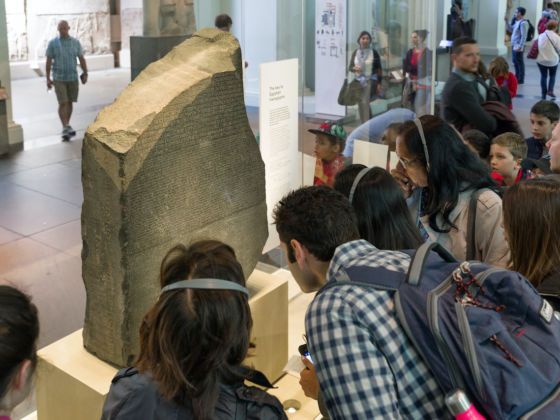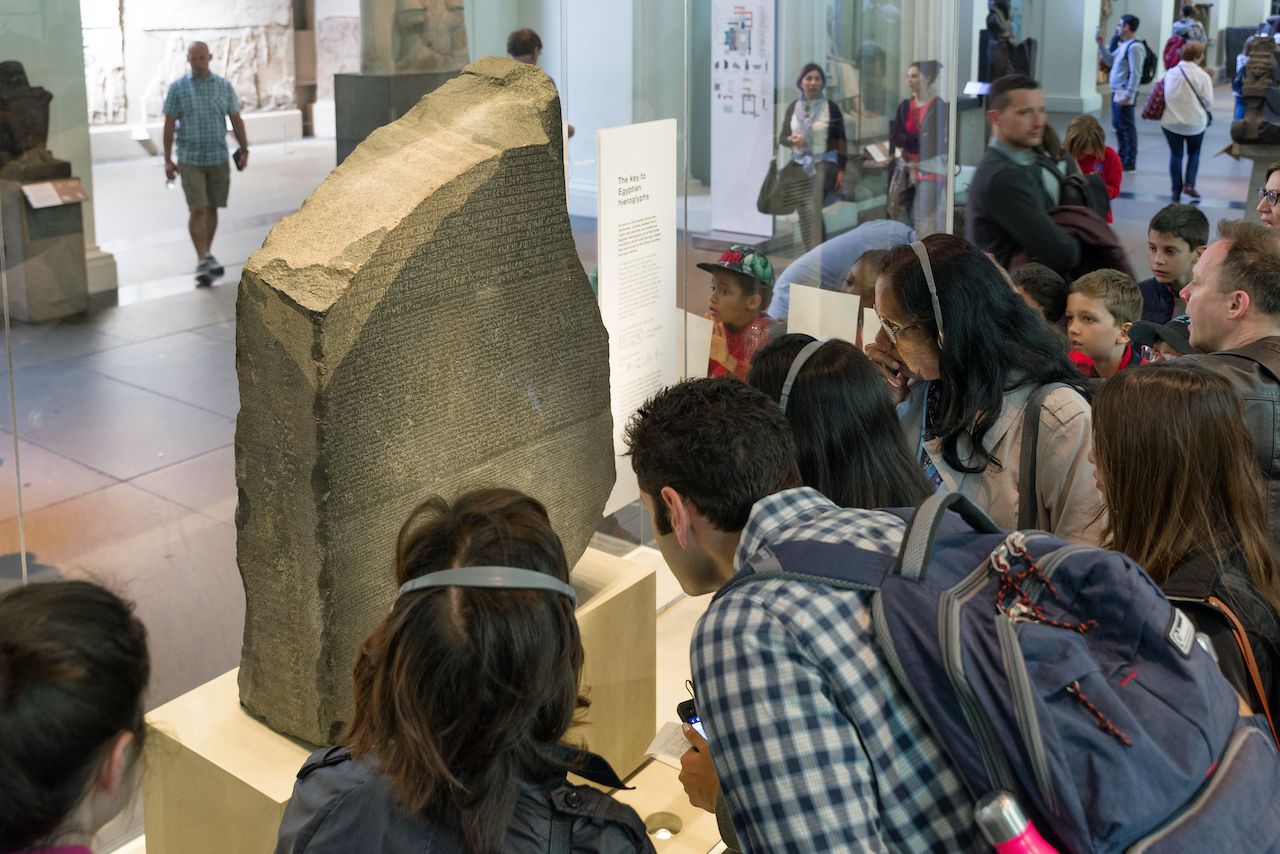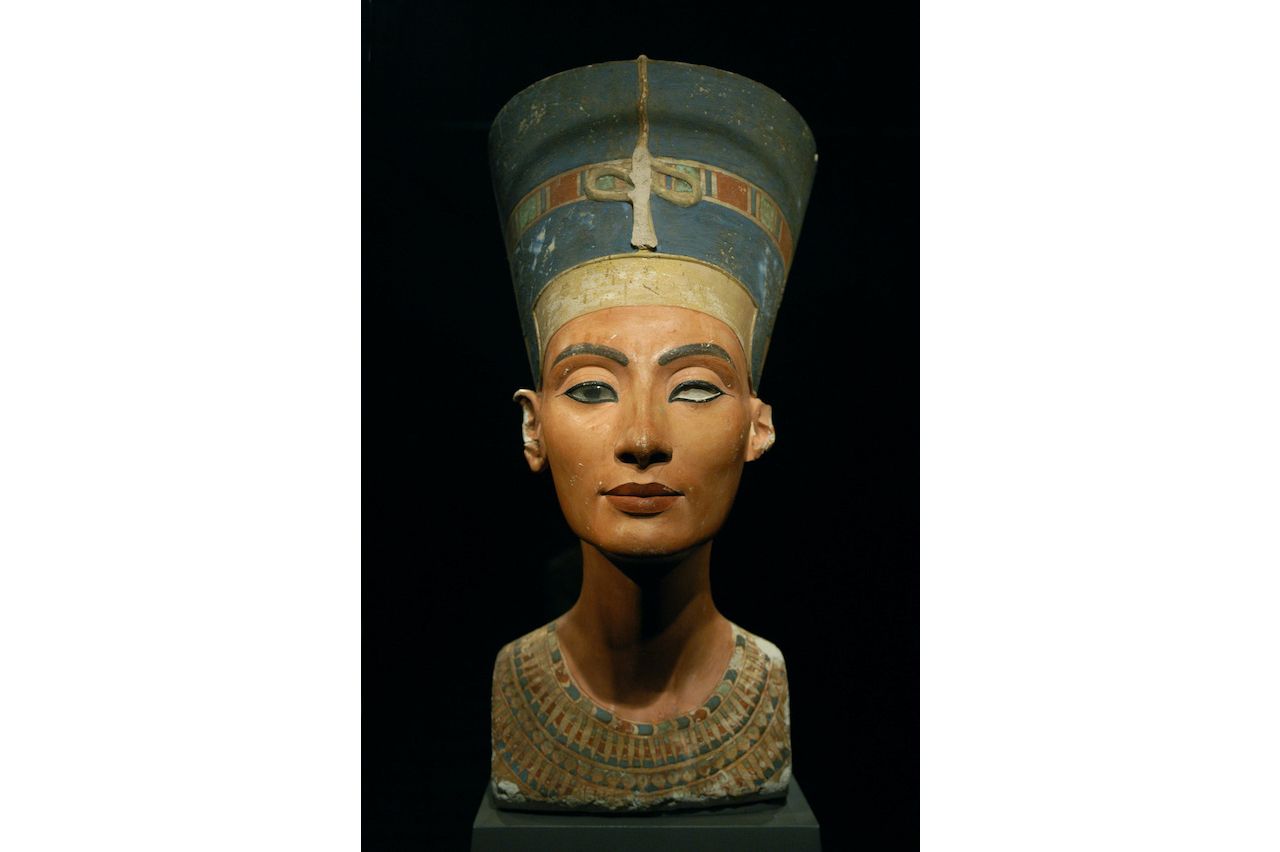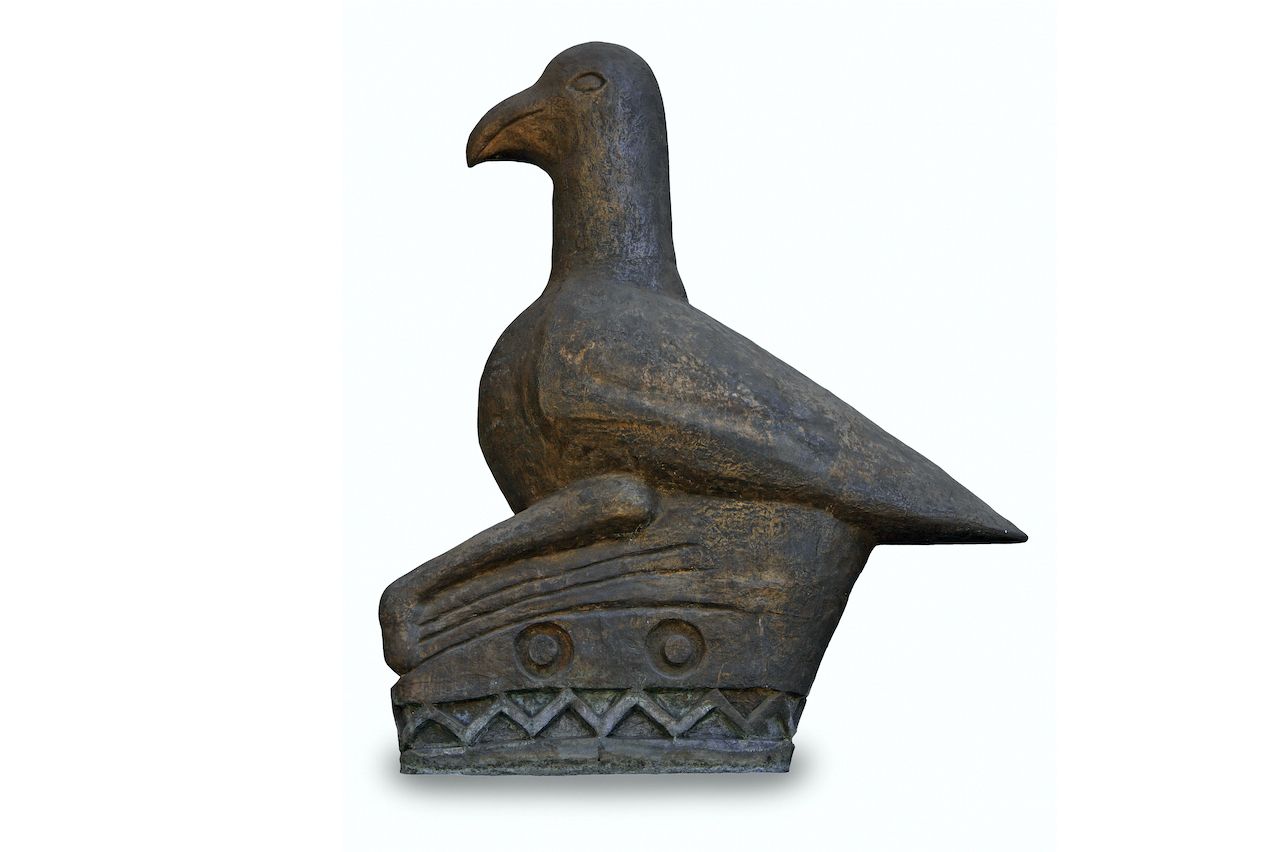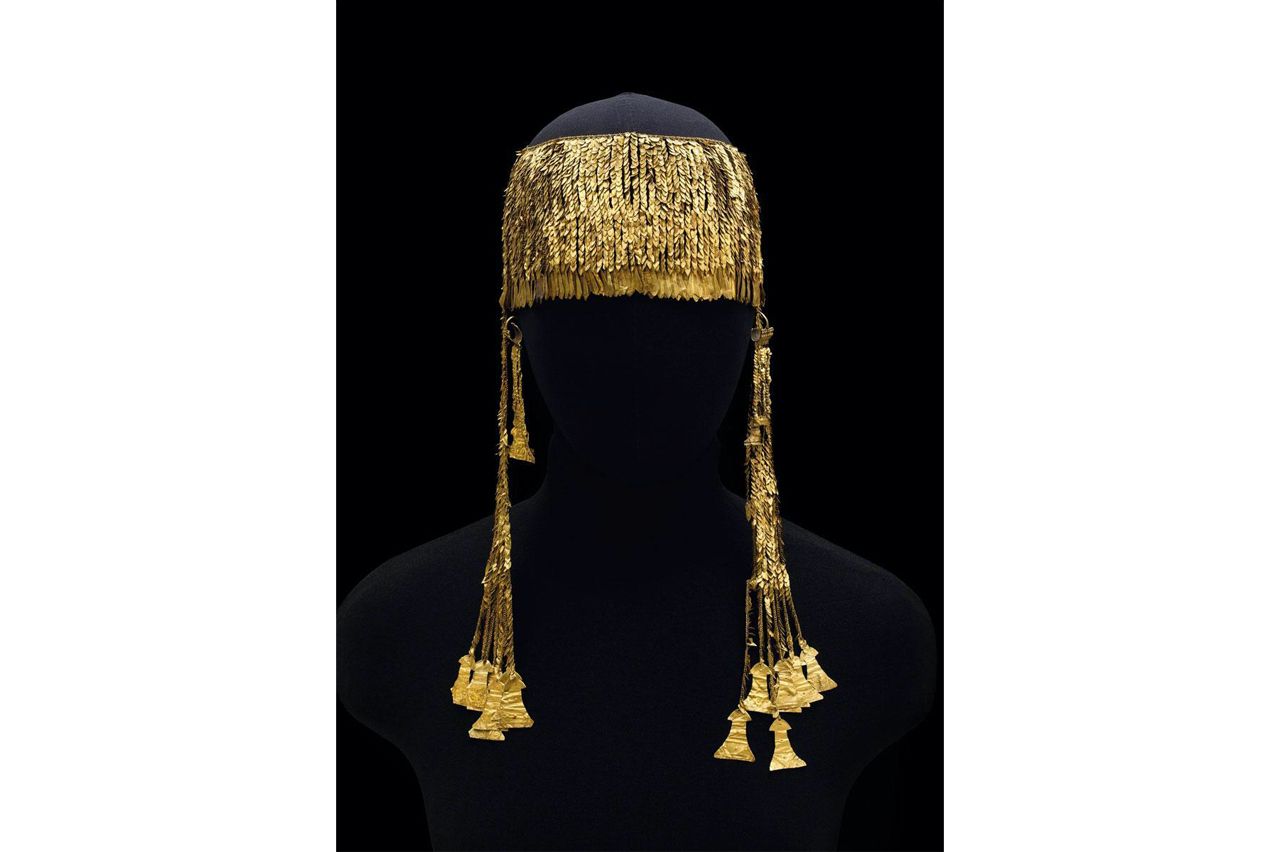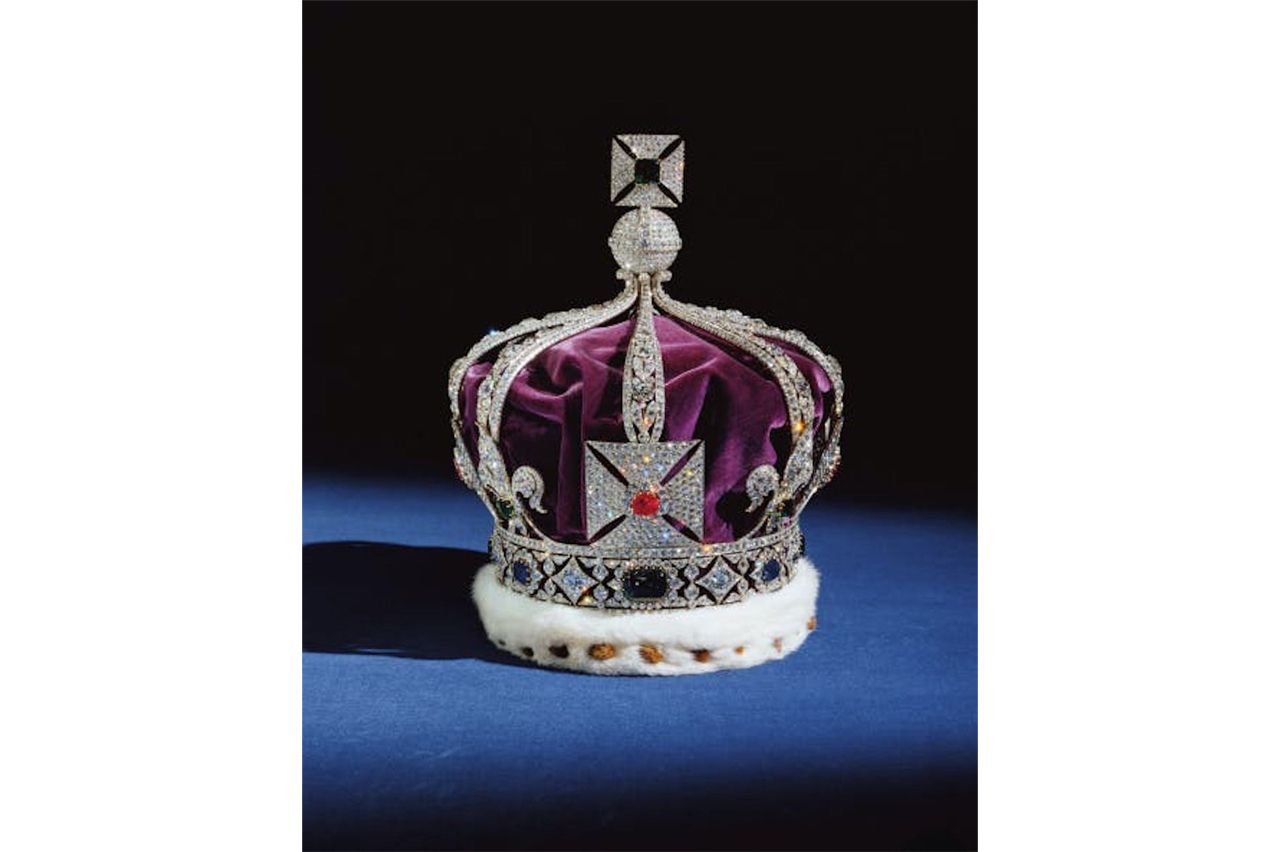As attitudes continue to change and countries begin to take responsibility for their colonial pasts, more and more victims of colonization are beginning to demand the return of their cultural heritage in the form of art and artifacts.
In Western Europe, France, under the auspices of President Emmanuel Macron, has been at the forefront of this movement for nearly two years, beginning when Macron commissioned a report detailing possible repatriation opportunities from France’s public collection of art that could be returned to Africa. During a visit in Burkina Faso in 2018, Macron said, “I cannot accept that a large part of cultural heritage from several African countries is in France. There are historical explanations for that, but there are no valid justifications that are durable and unconditional. African heritage can’t just be in European private collections and museums.” Though keen observers will note that exactly zero items have been returned from France to Africa since Macron gave this impassioned speech, he also said that these efforts would be implemented over the next five years, giving him a deadline of 2023.
